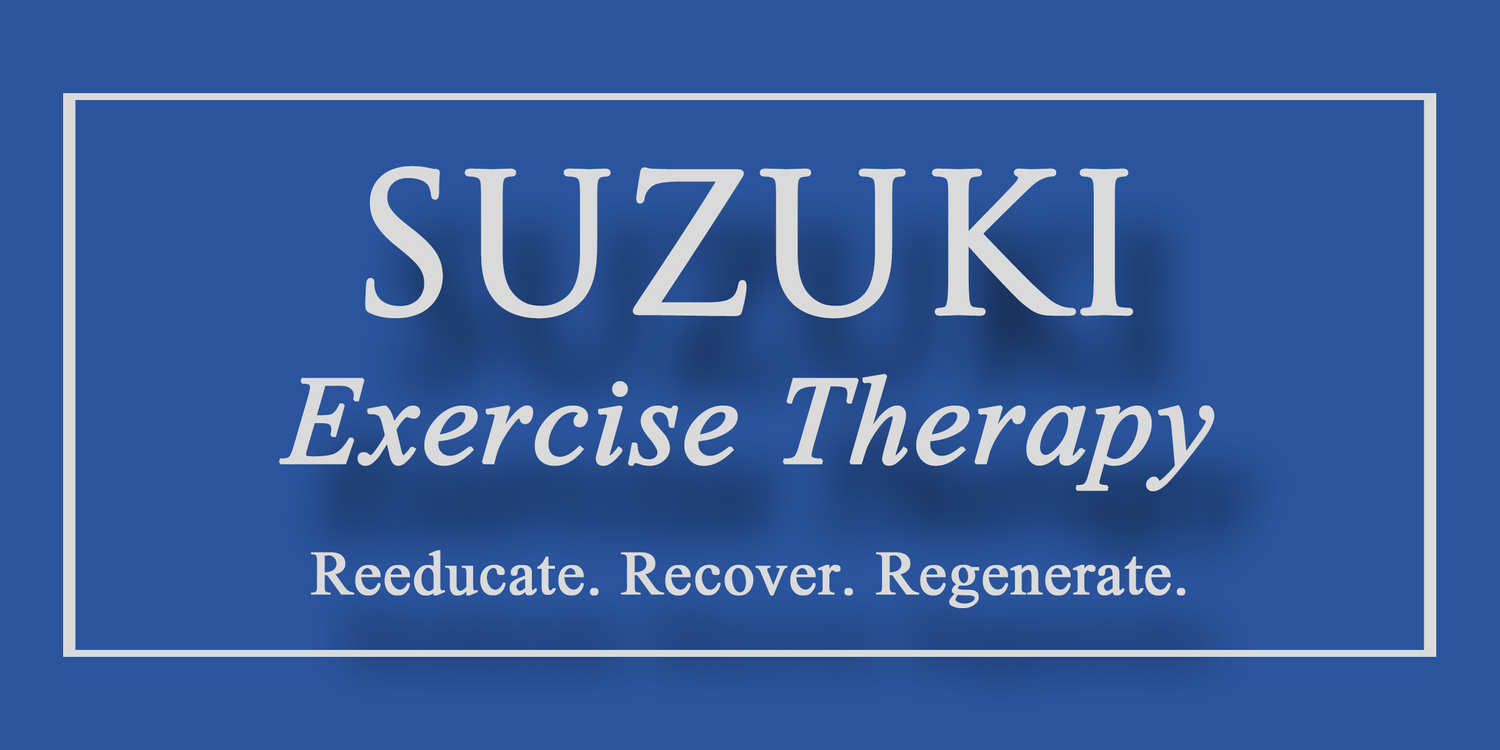By Boko Suzuki
Photography by Kacey Cole
Exercise in general and resistance training specifically, is well established to be good for your physical, mental and emotional health in a myriad of ways. So the more the better, right? Well, not exactly. Like exercise, proper hydration is good for you and drinking enough water is important for good health. But when taken too far, excess water intake can lead to hyponatremia, a dangerous electrolyte imbalance that can be fatal. Similarly, excessive exercise can lead to rhabdomyolysis, a serious condition in which damaged muscle tissue releases protein into the bloodstream. But unless you’re a Crossfitter, overtraining more typically results in excessive fatigue, plateauing of gains, and increased risk of injury. Something you want to avoid; in fact it’s been said that it’s better to be 20% undertrained than 1% overtrained.
So how do you avoid overtraining?
It’s helpful to understand how strength training works. When you do resistance exercise, you provide stimulus to your body, which responds to the type of stimulus you give it by making a (hopefully) desirable change. This is the S.A.I.D. Principle (specific adaptation to imposed demands), as illustrated when you do bicep curls and your biceps respond by getting bigger and stronger. Easy peasy, right? Well, it’s not quite that simple. The “S” in S.A.I.D. means that we need to be mindful about the specific result we want in giving your body stimulus. If we want stronger muscles, we may want to lift heavy loads in the 3-5 rep range. If we want bigger muscles we may want to go slightly less heavy in the 10-30 rep range. What if we want “toned” muscles? This would require a combination of moderate reps/moderate loads, increased cardio and decreased caloric intake.
But all of this is just stimulus. By and large, changes don’t occur in the gym. They mostly happen when you sleep, when your body repairs itself from the rigors of training and rebuilds, hopefully better and stronger. This is why proper nutrition, hydration and sleep are at least as important as exercise. This is also why overtraining, when stimulus and fatigue is greater than your body’s ability to recover, leads to poor results and increased risk of injury.
So how do you avoid overtraining? (Didn’t we ask this question already?) Here are some guidelines:
· Monitor how your body responds to exercise. If you have two or more sessions in a row when you are unable to perform up to your usual standards, i.e. you’re getting weaker rather than stronger, that’s a sign that you need to back off.
· Pay attention to the demands of your non gym activities. If you’ve done hours of yard work or gone for a long hike, or in the case of my Colorado Ballet dancers, just performed Sleeping Beauty, you probably are not going to be able to do a normal strength training session. Your body doesn’t know if you’re in a gym or not.
· If you notice changes in your sleep patterns (oversleeping or insomnia) or your appetite, unusual weight gain or loss, or you feel overly fatigued, you may be overtraining.
· If you’re having an increase in nagging injuries, that’s a red flag. A good thought is that your body responds to exercise by rebuilding and responds to injury by healing. It’s a lot to ask your body to do both at the same time.
So lie on the couch and eat Kristy Kremes, right? Maybe not. Here are a few strategies I’ve found to be useful when my body tells me to back off: Instead of running or lifting I might swim or take a yoga class. I may lift weights but reduce the loads significantly (often by half) and focus on technique. Or I might do some active recovery; go for a walk, do some stretching, play some golf.
Last time I checked, they only give out one body per customer so you need to make yours last a lifetime. Prioritize recovery!


